Utilize this specialized nursing care plan and management guide for an effective care approach to patients diagnosed with juvenile rheumatoid arthritis. Deepen your comprehension of nursing assessments, interventions, set goals, and nursing diagnoses, precisely designed to accommodate the unique needs of juvenile rheumatoid arthritis.
What is Juvenile Rheumatoid Arthritis?
Juvenile rheumatoid arthritis (JRA), also known as juvenile idiopathic arthritis (JIA), is a chronic inflammatory disease that primarily affects the synovium of the joints resulting in the effusion and eventual erosion and destruction of the joint cartilage.
JRA is categorized into different classifications and manifested by remissions and exacerbations with the onset usually occurring between ages 2 to 5 and 9 to 12 years old. Pauciarticular arthritis is the most common form of JRA that involves 4 or fewer joints; polyarticular arthritis involves many joints, usually more than four. Systemic arthritis involves the presence of joint swelling, and associated fever, light-pink rash, and affects internal organs such as the heart, lungs, eyes, liver, spleen, and lymph nodes.
The prognosis is based on the type of arthritis, the severity of the disease, and the response to treatment with the most severe complications of permanent deformity, hip disease, and iridocyclitis with visual loss.
Nursing Care Plans & Management
The nursing care plan management for patients with juvenile rheumatoid arthritis (JRA) focuses on several key aspects such as controlling inflammation, implementing strategies to alleviate pain and manage symptoms, assisting with positioning and mobility, and providing education and support to the family and caregivers.
Nursing Problem Priorities
The following are the nursing priorities for patients with juvenile rheumatoid arthritis:
- Pain management and symptom control
- Medication administration and monitoring
- Monitor disease activity and joint function
- Education and support for self-care techniques and joint protection
- Facilitating physical therapy and exercise programs
- Collaboration with the healthcare team for comprehensive care
- Enhance adherence to the treatment plan
Nursing Assessment
Assess for the following subjective and objective data:
- Joint stiffness, loss of motion, edema, warmth in the joint, and painful to touch
- Complaints of feeling tired or lacking energy
- Morning stiffness
- Expressing difficulty with self-care activities
- Sleep disturbances
- Limited range of motion
- Joint stiffness: Visible or palpable stiffness, especially after periods of rest or inactivity.
- Limping or altered gait
- Reduced muscle strength due to decreased activity
- Joint deformities, such as joint contractures or changes in joint shape
Assess for factors related to the cause of juvenile rheumatoid arthritis:
- Long-term physical incapacity
- Joint inflammation
- Biophysical and psychosocial factors
- Limitations in mobility
- Inadequate or incorrect information or understanding
- Chronic disease or disability progression that exhausts the physical and emotional supportive capacity of caretakers
- The financial burden of treatment
Nursing Diagnosis
Following a thorough assessment, it is essential to formulate a nursing diagnosis that specifically addresses the problems associated with juvenile rheumatoid arthritis. This diagnosis reflects your clinical judgment regarding the patient’s health conditions and needs.
Nursing Goals
Nursing care planning goals for a child with juvenile rheumatoid arthritis aim to provide relief of pain, improve coping ability, preserve muscle and joint function, prevent joint deformity, promote positive body image, and increase confidence in the performance of self-care activities. Goals and expected outcomes may include:
- The child will achieve a manageable level of pain.
- The child will demonstrate improved joint mobility, reduced stiffness, and increased ability to perform self-care tasks, such as dressing, and grooming.
- The child and the family will actively participate in the pain management plan.
- The child will perform self-care within the limits of illness.
- The child will express feelings about illness.
- The child will identify at least 1 positive thing about his or her body.
- The family will express feelings about the child’s chronic illness.
- The family will identify 3 positive coping mechanisms to implement.
1. Managing Chronic Pain
Patients with Juvenile rheumatoid arthritis experience chronic pain due to joint inflammation causing joint damage and stiffness. The body’s immune system attacks healthy joint tissues, which can result in pain and swelling, and often leads to long-term joint damage and disability.
1. Assess joint pain including its location, duration, severity, remissions and exacerbations, stiffness, and aggravating factors such as weight gain, activity, fatigue; effect on mobility and participation in ADL; the presence of joint deformity.
Reveals symptomatic of the effect of the disease on the musculoskeletal system: guides for the selection of analgesia/anti-inflammatory medication and better management of activity involvement; inflammatory process causes pain while limited motion resulting from muscle spasms, joint effusion, synovial thickening results in edema; joint destruction causes joint deformity.
2. Allow the child to assume a position of comfort; elevate and support painful joints during positional changes.
Detracts pain through diversionary activities.
3. Apply warm application or moist heating pads to painful areas; paraffin baths and whirlpool as ordered.
Provides the area with circulation through vasodilation to ease pain; moist heat soothes painful, stiff joints.
4. Encourage and teach the child relaxation techniques such as music, arts, reading, and television.
Provides nonpharmacologic measures to relieve pain.
5. Instruct parents and child in the proper administration of medications including side effects and the importance of compliance with the regimen.
Promotes compliance with the medical regimen to manage pain and inflammation.
6. Apply the splint as ordered for night use.
Immobilizes inflamed joints to relieve pain during movement.
7. Provide adequate rest periods during the day and a quiet environment for sleep.
Minimizes stimulation that causes increased pain, and promotes rest, especially during acute episodes.
8. Explain to the child the causes of pain and interventions to take in relieving the pain.
Provides an understanding of the treatments and medications.
9. Administer medications as prescribed and monitor its effectiveness in relieving pain.
Decreases pain and inflammation related to the pain; drugs may be given alone or in combination including the nonsteroidal anti-inflammatory drugs that act as an analgesic, antipyretic, and anti-inflammatory; if NSAIDs are not effective slower acting antirheumatic drugs which may be added for optimal effect; low effective dose corticosteroids are administered for a short period of time, particularly during a life-threatening situation.
10. Educate the child and parents about factors (stress, climate movement) that heighten pain episodes, and express or report the presence of pain at the onset.
Promotes an opportunity to prevent those situations or activities that contribute to pain exacerbations and to provide quick relief.
11. Instruct parents and child to avoid overactivity or movement of affected joints.
Avoids injury to affected joints during the acute episode when immobilization is important.
12. Teach parents to provide a warm bath daily for 10 minutes or warm wet packs with a towel bath to painful areas.
Supplies heat to affected joints to relieve pain and stiffness.
2. Promoting Independent Self-Care
Patients with Juvenile rheumatoid arthritis experience a self-care deficit due to their limited mobility and joint pain. The patients may have difficulty performing activities of daily living, such as hygiene, toileting, feeding, dressing, and grooming, and may require assistance from caregivers. Additionally, fatigue and pain can make it challenging for patients to maintain a regular exercise and self-care routine.
1. Assess abilities and level of care and assistance.
Provides information about the child’s ability to do self-care and to observe improvement.
2. Allow the child to perform self-care and commend any completed actions.
Provides a sense of independence and fulfillment; motivates to continue progress in ADL.
3. Support as much independence in doing activities of daily living as possible but provide assistance when needed.
Promotes self-sufficiency and control over daily personal care needs without damage to joints.
4. Position items and objects used for care within reach; provide physical child aids/devices to assist in the performance of ADL (cane, wheel-chair, easy-to-grip knobs, clothes with button hooks, or Velcro closures, sock aids, zipper pulls, etc.).
Promotes self-reliance and allows easy access to aids to improve independence.
5. Assist parents and child to develop plans and goals for daily ADL and to include interventions formed by a physical and occupational therapist.
Promotes independence and compliance in self-care.
6. Instruct parents and the child about the application and use of aids and self-confidence.
Promotes independence in ADL and devices to accommodate self-care activities.
7. Discuss possible changes or modifications in the home and school environment to support the child’s independence in meeting physical needs (pathways, furniture, doors).
Allows for safe participation in activities that are usually carried out by the child on a daily basis.
3. Enhancing Body Image and Self-Esteem
Disturbed body image for patients with Juvenile rheumatoid arthritis is related to both biophysical and psychosocial factors. Biophysical factors include physical changes such as joint deformities and limitations in mobility, which can affect a patient’s self-image. Psychosocial factors include the impact of the condition on social interactions, relationships, and self-esteem, which can also contribute to a negative body image.
1. Assess the child’s feelings regarding multiple restrictions in lifestyle, chronic illness, difficulty in school and social situations, and inability to keep up with peers and participate in activities.
Provides information about the status of self-concept and body image that necessitate special regard.
2. Observe for signs of depression and withdrawal behavior.
Shows responses to body image changes and possible poor adjustment to changes.
3. Observe for the presence of joint deformities, need to use splints, weight gain, a shift in fat distribution, edema, and effect on the child.
Reveals side effects of steroid therapy and disease manifestations that affect body image.
4. Discourage any negative comments and stress positive activities and accomplishments.
Improves body image and confidence.
5. Encourage expression of feelings and concerns, and support communications with parents, teachers, and peers.
Provides an opportunity to express feelings and decrease negative feelings about changes in appearance.
6. Show support and acceptance of changes in the appearance of the child; provide privacy as needed.
Promotes trust and demonstrates respect for the child.
7. Teach parents about maintaining support for the child.
Encourages acceptance of the child with special needs (long-term steroid therapy and side effects, lifelong activity restrictions).
8. Discuss with parents and child the impact of the disease on the body systems and risk for deformity and disabilities; correct misinformation and inform of ways to cope with body changes.
Gives accurate information in assisting on how to deal with negative feelings about the body.
9. Encourage parents to be adaptable in the care of the child and to integrate care and routines into family activities; to allow the child to participate in peer activity.
Promotes the well-being of the child and a sense of belonging and control of life events by engaging in normal activities for age and improving developmental task
achievement.
10. Discuss with parents and child how to deal with peer judgments of appearance and how to describe others’ change in appearance.
Prevents child stigmatization by those who are not familiar with the child’s disease; the perception and stand of others will affect the body image of the child.
11. Suggest psychological counseling or child life worker and educate on the functions offered by these professionals.
Assists to enhance self-esteem and to acquire coping and problem-solving skills.
4. Promoting Effective Family Coping
Patients with Juvenile rheumatoid arthritis may experience compromised family coping due to the impact of the condition on family dynamics and relationships. The need for increased care and support for the patient can create additional stress on family members, and the unpredictability of the condition can cause anxiety and uncertainty. Additionally, the financial burden of medical treatments and medications can add to the family’s stress and may impact the patient’s family’s ability to cope.
1. Assess the family’s coping methods and its effectiveness, family interactions, and expectations associated with long-term care, the developmental level of the family, the response of siblings, knowledge and use of support systems and resources, presence of guilt and anxiety, overprotective, and/or overindulgence behaviors.
Provides information revealing coping methods that work and the need to develop new coping skills and behaviors, family attitudes; a child with special long-term needs may strengthen or strain family relationships and an undue degree of overprotection may be detrimental to the child’s growth and development (disallow school attendance and peer activities, avoiding discipline of a child, and allowing the child to assume responsibilities for ADL).
2. Encourage family members to express problem areas and explore solutions responsibly.
Reduces anxiety and enhances understanding; provides the family with an opportunity to identify problems and develop problem-solving strategies.
3. Assist the family to establish short- and long-term goals for the child and to integrate the child into family activities including the participation of all family members in care routines.
Promotes involvement and control over situations and maintains the role of family members and parents.
4. Assist family members to express feelings, how they deal with the chronic needs of the family member, and coping patterns that help or hinder adjustment to the problems.
Allows for venting of feelings to determine the need for information and support, and to relieve guilt and anxiety.
5. Assist the family to identify positive coping mechanisms they may utilize (e.g., listening and talking about issues, family picnics, hiring a babysitter once a week, etc.).
Promotes ownership of solutions to cope with difficulty.
6. Teach the family about remissions and exacerbations of the disease and that an exacerbation may last for long periods of time (over a period of months); that exacerbations may be precipitated by overactivity, stress, the presence of other illnesses, and climate changes.
Provides a realistic view of the chronic nature of the disease.
7. Inform the family that overprotective behavior may hinder growth and development, and treat the child as normally as possible.
Promotes understanding of the importance of making the child one of the family and the adverse effects of overprotection of the child.
8. Inform parents and the child of suggestions of unorthodox cures for the disease by friends, and the harmful effects caused by some of them.
Prevents injury as well as a disappointment when cures do not measure up to expectations.
9. Refer to the assistance of a social worker, counselor, clergy, or others as needed.
Provides support to the family faced with long-term care of a child with a chronic illness.
10. Refer to community agencies and contact other families with a child with the same condition.
Provides information and support to children and families.
Recommended Resources
Recommended nursing diagnosis and nursing care plan books and resources.
Disclosure: Included below are affiliate links from Amazon at no additional cost from you. We may earn a small commission from your purchase. For more information, check out our privacy policy.
Ackley and Ladwig’s Nursing Diagnosis Handbook: An Evidence-Based Guide to Planning Care
We love this book because of its evidence-based approach to nursing interventions. This care plan handbook uses an easy, three-step system to guide you through client assessment, nursing diagnosis, and care planning. Includes step-by-step instructions showing how to implement care and evaluate outcomes, and help you build skills in diagnostic reasoning and critical thinking.

Nursing Care Plans – Nursing Diagnosis & Intervention (10th Edition)
Includes over two hundred care plans that reflect the most recent evidence-based guidelines. New to this edition are ICNP diagnoses, care plans on LGBTQ health issues, and on electrolytes and acid-base balance.

Nurse’s Pocket Guide: Diagnoses, Prioritized Interventions, and Rationales
Quick-reference tool includes all you need to identify the correct diagnoses for efficient patient care planning. The sixteenth edition includes the most recent nursing diagnoses and interventions and an alphabetized listing of nursing diagnoses covering more than 400 disorders.

Nursing Diagnosis Manual: Planning, Individualizing, and Documenting Client Care
Identify interventions to plan, individualize, and document care for more than 800 diseases and disorders. Only in the Nursing Diagnosis Manual will you find for each diagnosis subjectively and objectively – sample clinical applications, prioritized action/interventions with rationales – a documentation section, and much more!

All-in-One Nursing Care Planning Resource – E-Book: Medical-Surgical, Pediatric, Maternity, and Psychiatric-Mental Health
Includes over 100 care plans for medical-surgical, maternity/OB, pediatrics, and psychiatric and mental health. Interprofessional “patient problems” focus familiarizes you with how to speak to patients.

See also
Other recommended site resources for this nursing care plan:
- Nursing Care Plans (NCP): Ultimate Guide and Database MUST READ!
Over 150+ nursing care plans for different diseases and conditions. Includes our easy-to-follow guide on how to create nursing care plans from scratch. - Nursing Diagnosis Guide and List: All You Need to Know to Master Diagnosing
Our comprehensive guide on how to create and write diagnostic labels. Includes detailed nursing care plan guides for common nursing diagnostic labels.
Other nursing care plans for musculoskeletal disorders and conditions:
- Amputation
- Congenital Hip Dysplasia
- Fracture
- Juvenile Rheumatoid Arthritis
- Laminectomy (Disc Surgery)
- Osteoarthritis
- Osteoporosis
- Physical Mobility & Immobility
- Rheumatoid Arthritis
- Scoliosis
- Spinal Cord Injury
- Total Joint (Knee, Hip) Replacement
Other nursing care plans for pediatric conditions and diseases:
- Acute Glomerulonephritis | 4 Care Plans
- Acute Rheumatic Fever | 4 Care Plans
- Apnea | 4 Care Plans
- Brain Tumor | 3 Care Plans
- Bronchiolitis | 5 Care Plans
- Cardiac Catheterization | 4 Care Plans
- Cerebral Palsy | 7 Care Plans
- Child Abuse | 4 Care Plans
- Cleft Lip and Cleft Palate | 7 Care Plans
- Congenital Heart Disease | 5 Care Plans
- Congenital Hip Dysplasia | 4 Care Plans
- Croup Syndrome | 5 Care Plans
- Cryptorchidism (Undescended Testes) | 3 Care Plans
- Cystic Fibrosis | 5 Care Plans
- Diabetes Mellitus Type 1 (Juvenile Diabetes) | 4 Care Plans
- Dying Child | 4 Care Plans
- Epiglottitis | 5 Care Plans
- Febrile Seizure | 4 Care Plans
- Guillain-Barre Syndrome | 6 Care Plans
- Hospitalized Child | 5 Care Plans
- Hydrocephalus | 5 Care Plans
- Hypospadias and Epispadias | 4 Care Plans
- Intussusception | 3 Care Plans
- Juvenile Rheumatoid Arthritis | 4 Care Plans
- Kawasaki Disease | 6 Care Plans
- Meningitis | 7 Care Plans
- Nephrotic Syndrome | 5 Care Plans
- Osteogenic Sarcoma (Osteosarcoma) | 4 Care Plans
- Otitis Media | 4 Care Plans
- Scoliosis | 4 Care Plans
- Spina Bifida | 7 Care Plans
- Tonsillitis and Adenoiditis | 4 Care Plans
- Umbilical and Inguinal Hernia | 4 Care Plans
- Vesicoureteral Reflux (VUR) | 5 Care Plans
- Wilms Tumor (Nephroblastoma) | 4 Care Plans
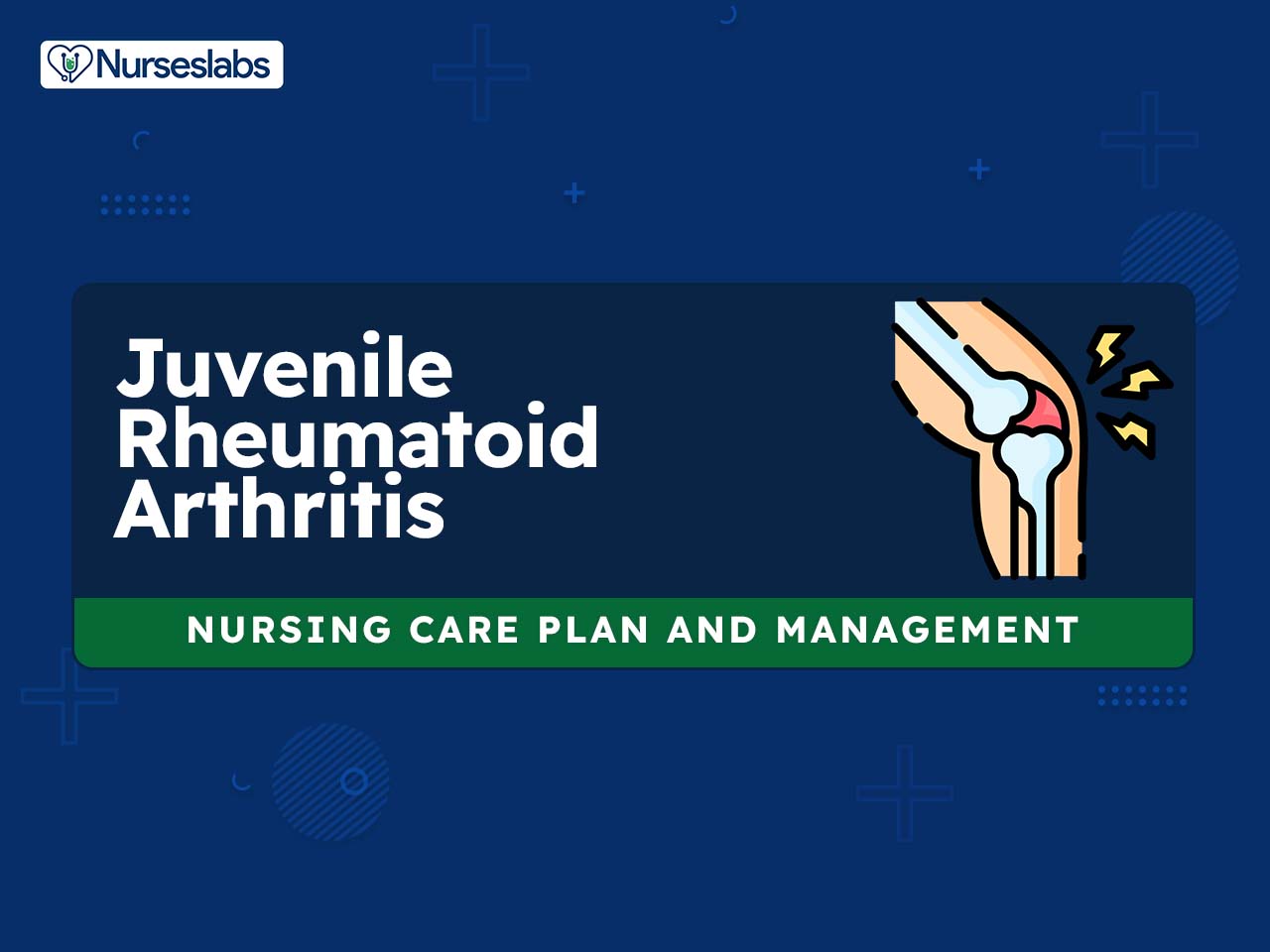

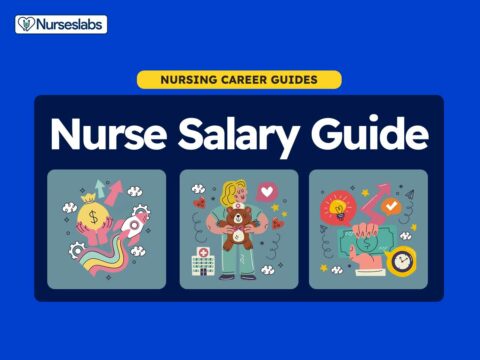


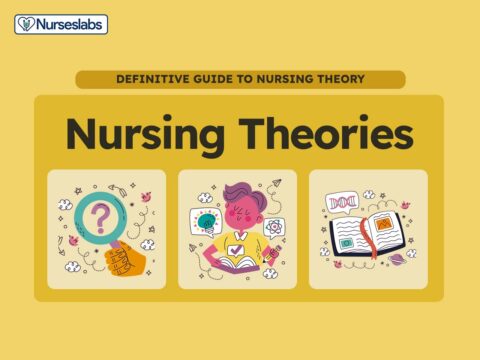



















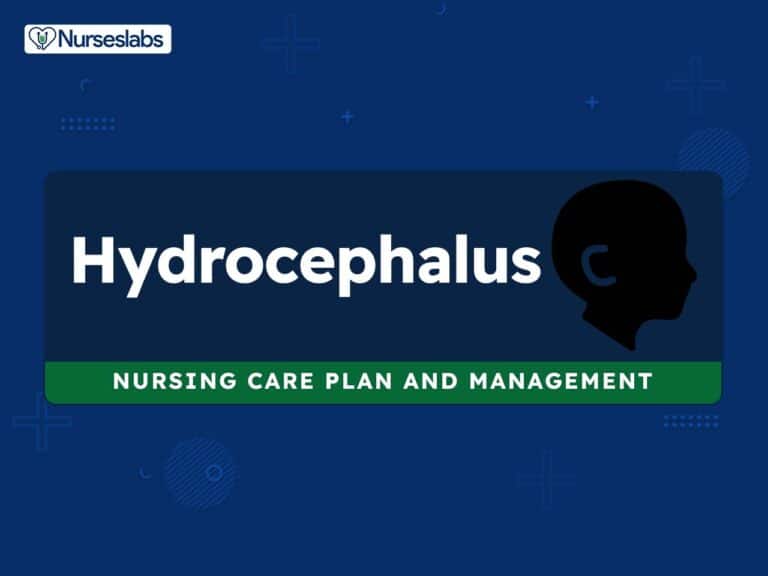
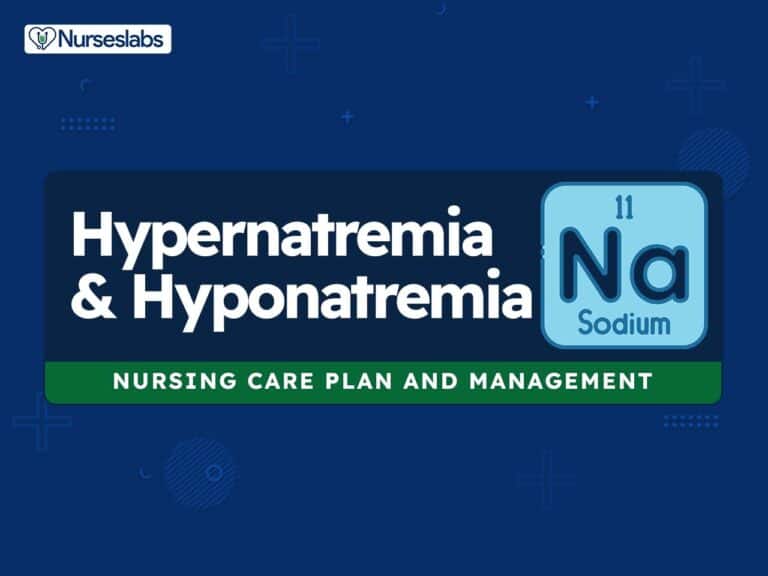

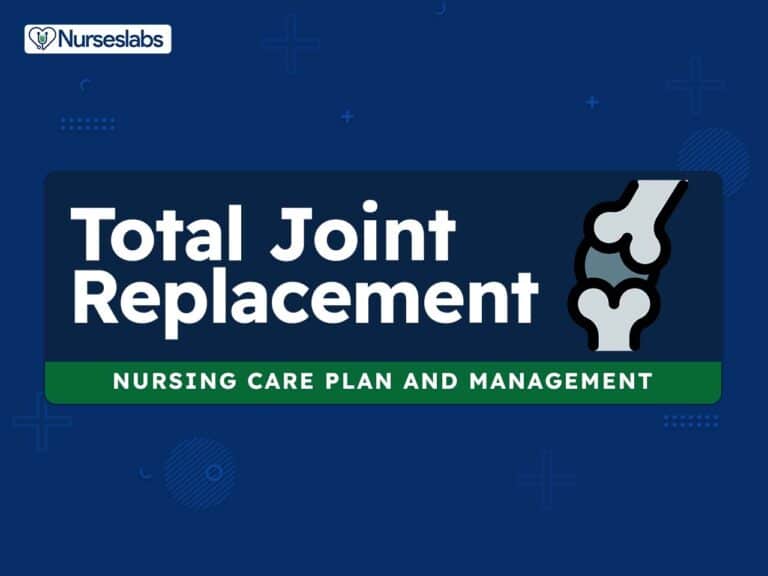
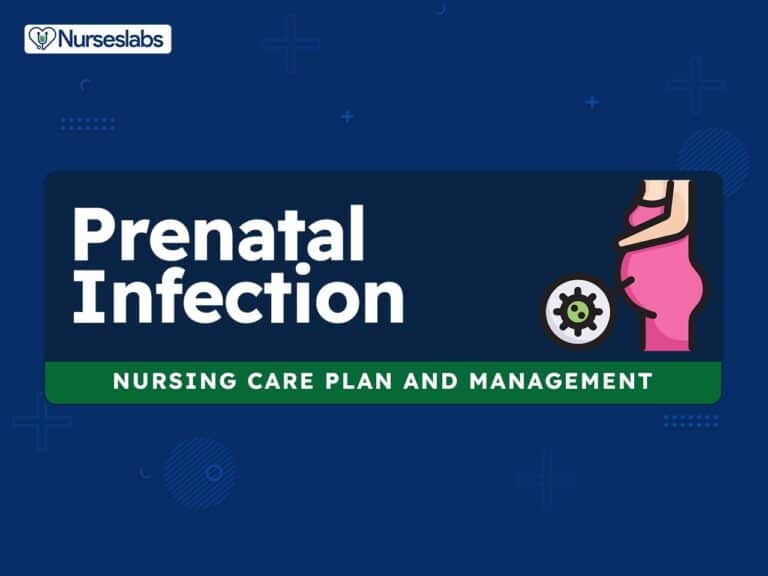


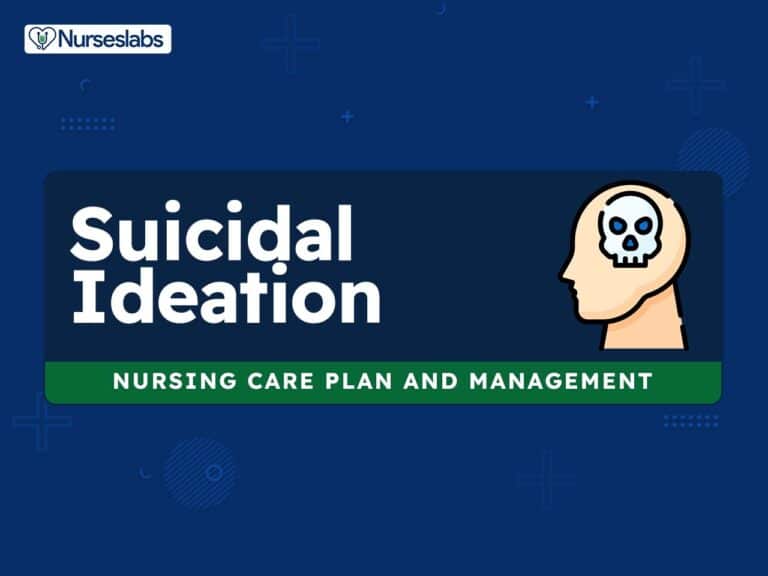
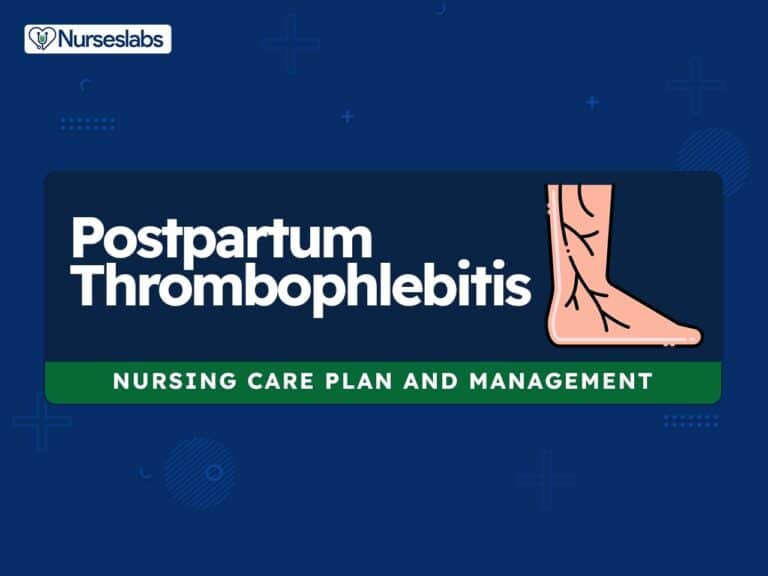
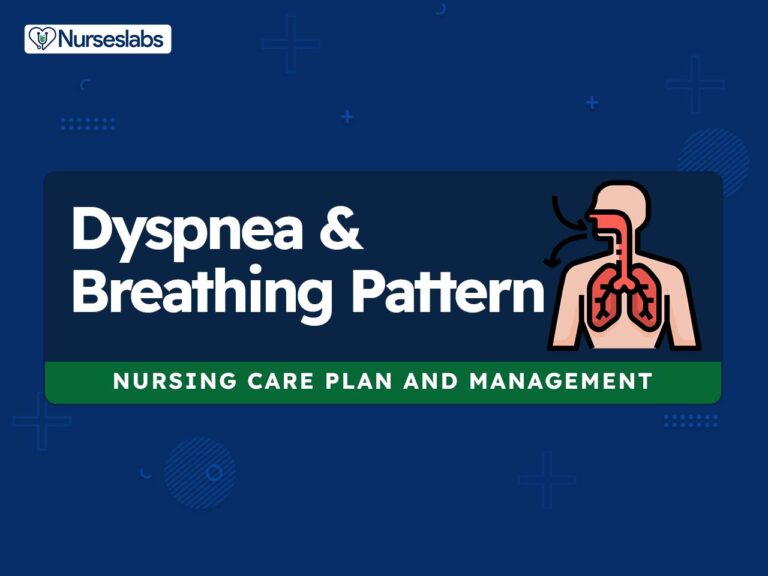
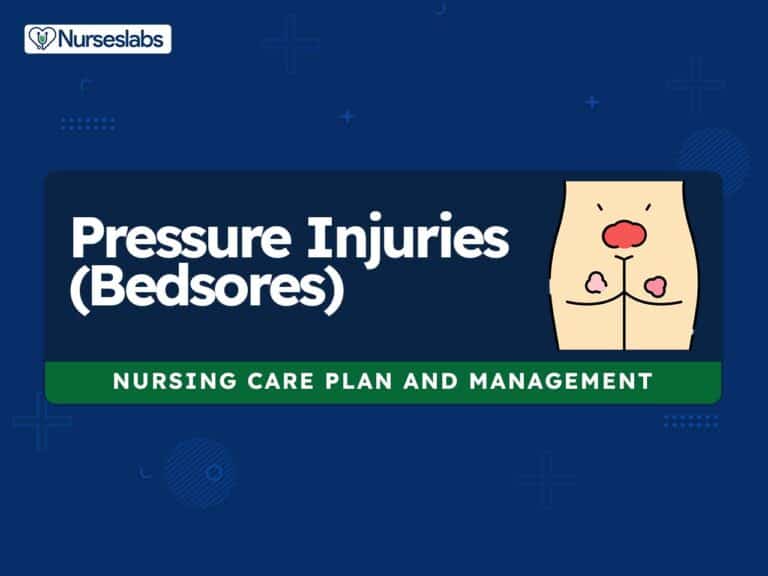
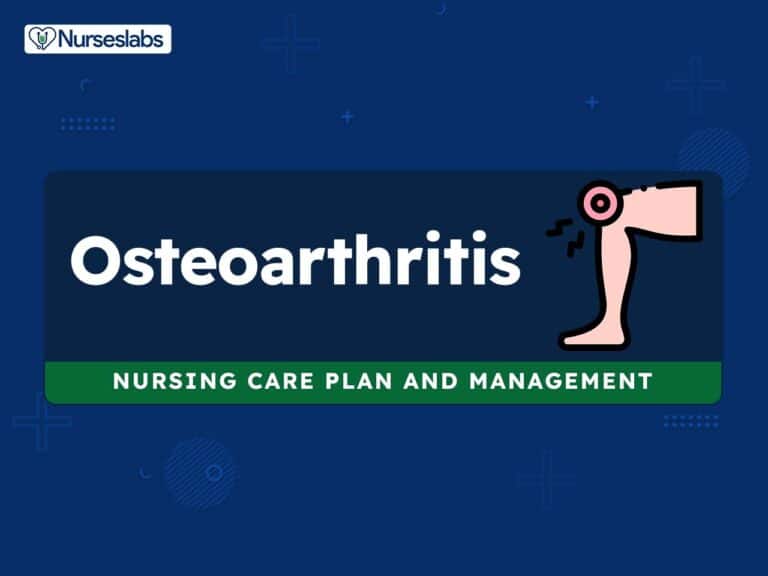
Leave a Comment